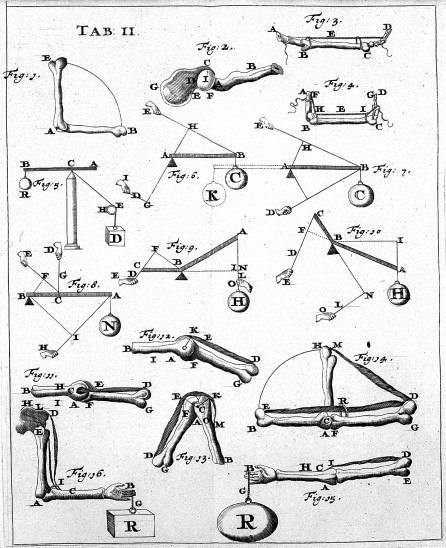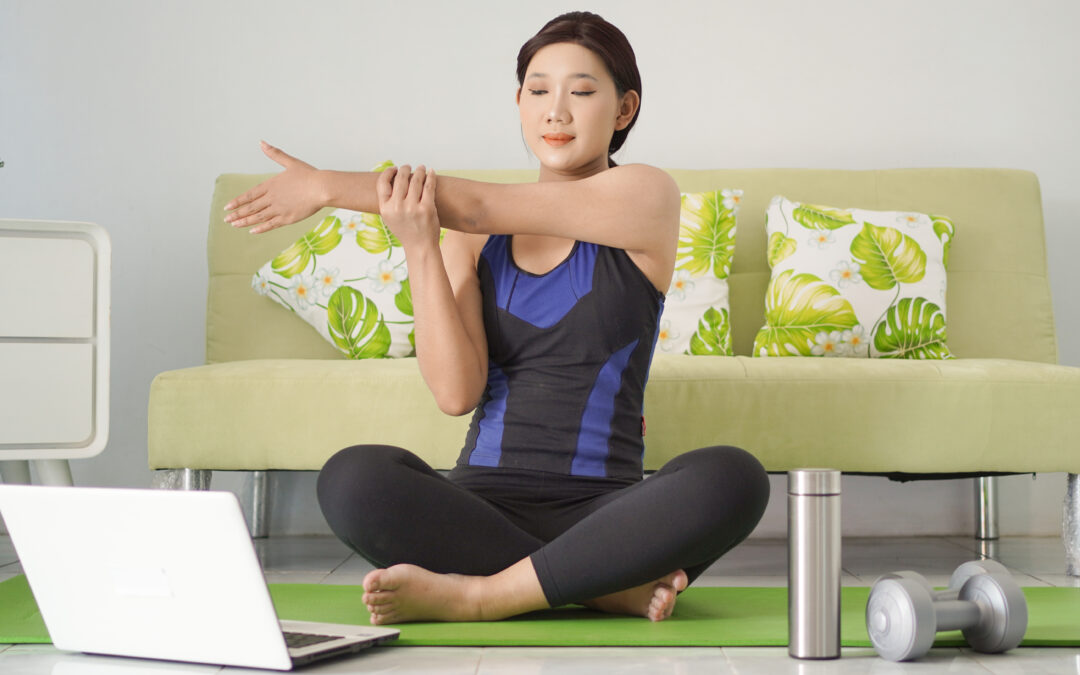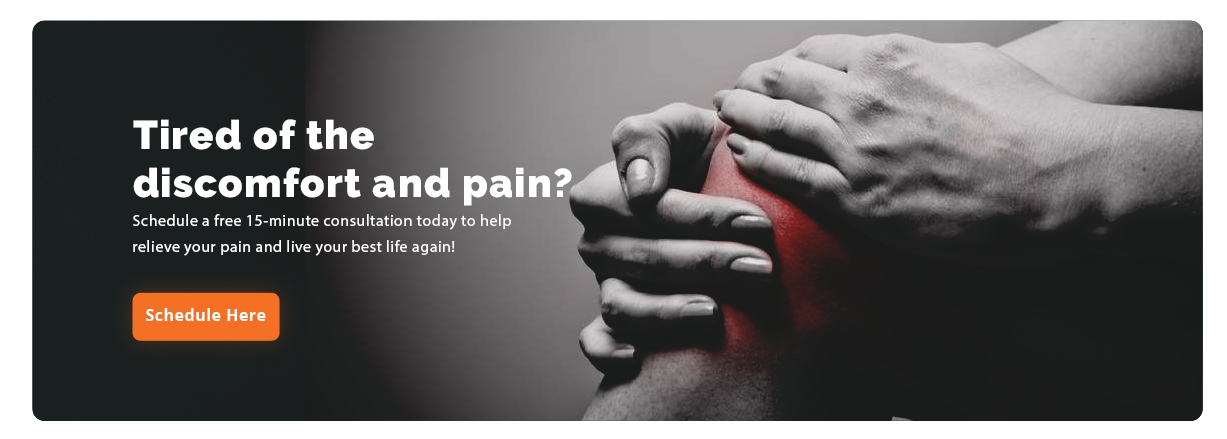“We have a brain for one reason and one reason only — and that’s to produce adaptable and complex movements.” – Daniel Wolpert
Functional movement is an interesting term. According to one source, they are movements based on real-world situational biomechanics. They usually involve multi-planar, multi-joint movements which place demand on the body’s core musculature and innervation.
All of this is just a way of saying that functional movement is what our bodies do for us day in and day out as we live our lives, work, play, and… well, function.
So, what is biomechanics?
Simply put, biomechanics is a branch of biophysics and is the study of the structure, function, and motion of the mechanical aspects of biological systems.

Illustration of biomechanical studies by Giovanni Alfonso Borelli – c. 1680
At Pain and Performance Solutions we utilize a variety of therapy techniques and tools to help our clients find relief from physical pain. And among these is what is known as the Selective Functional Movement Assessment (SFMA™).
A Brief Look at The Selective Functional Movement Assessment (SFMA™)
When we experience pain in our bodies, whether that’s acute, short-term pain or chronic pain, we typically try to treat the place where it hurts. However, the physical location of our soft tissue pain is not necessarily the actual source of the pain.
This phenomenon is known as regional interdependence – one area of the body affects the function and muscular recruitment of another area of the body. This is also commonly referred to as what is known as compensatory pain. This is different from your primary pain, and it occurs because your body is good at adapting to pain challenges to movement.
For example, if you have an injury to your muscles or joints but are still trying to perform an activity, your body will try to help you by shifting your functional movement slightly to try and reduce the pain.
All of which means that the task of assessing the state of our functional movement. Which is where the SFMA™ comes in.
As we explain elsewhere on this website,
“The Selective Functional Movement Assessment (SFMA) is a series of 7 full-body movement tests. These tests are relatively simple to execute, but they lay the groundwork for a series of more complex tests that gradually provide a complete roadmap for treatment.”
Physiotherapists often rely on these seven functional movement screening tests to identify imbalances in mobility and stability.
The screening is comprised of a series of seven full-body movement tests.
Overview of the Other 6 Functional Movement Screen Tests
The FMS consists of seven tests that evaluate an individual’s functional movement potential. In addition to the deep squat test, the other six tests include the hurdle step test, the in-line lunge test, the shoulder mobility test, the active straight-leg raise test, the trunk stability push-up test, and the rotary stability test.
The hurdle step test is designed to assess an individual’s ability to move dynamically and maintain proper posture while stepping over a hurdle. The in-line lunge test is designed to assess an individual’s ability to move dynamically and maintain proper posture while performing a lunge. The shoulder mobility test is designed to assess an individual’s shoulder mobility and stability. The active straight-leg raise test is designed to assess an individual’s ability to move their leg in a horizontal plane without compensation. The trunk stability push-up test is designed to assess an individual’s ability to stabilize their trunk while performing a push-up. Finally, the rotary stability test is designed to assess an individual’s ability to stabilize their trunk while performing a rotary motion.
Hurdle Step Test
The hurdle step test is designed to assess an individual’s ability to move dynamically and maintain proper posture while stepping over a hurdle. The individual should begin by standing in front of a hurdle that is approximately 18-24 inches high. The individual should then step over the hurdle with one foot and then the other while maintaining a neutral spine. The professional should observe the individual’s form and look for any asymmetries or imbalances.
In-Line Lunge Test
The in-line lunge test is designed to assess an individual’s ability to move dynamically and maintain proper posture while performing a lunge. The individual should begin by standing with one foot directly in front of the other and the feet should be approximately hip-width apart. The individual should then lunge forward by pushing off of the back foot and maintaining a neutral spine. The professional should observe the individual’s form and look for any asymmetries or imbalances.
Shoulder Mobility Test
The shoulder mobility test is designed to assess an individual’s shoulder mobility and stability. The individual should begin by standing with their feet hip-width apart and their arms at their sides. The individual should then raise their arms out to the sides and up to shoulder height, maintaining a neutral spine. The professional should observe the individual’s form and look for any asymmetries or imbalances.
Active Straight-Leg Raise Test
The active straight-leg raise test is designed to assess an individual’s ability to move their leg in a horizontal plane without compensation. The individual should begin by lying on their back with their legs straight. The individual should then raise one leg up to approximately 45 degrees, maintaining a neutral spine. The professional should observe the individual’s form and look for any asymmetries or imbalances.
Trunk Stability Push-Up Test
The trunk stability push-up test is designed to assess an individual’s ability to stabilize their trunk while performing a push-up. The individual should begin by lying on their stomach with their hands and feet on the ground. The individual should then perform a push-up while maintaining a neutral spine. The professional should observe the individual’s form and look for any asymmetries or imbalances.
Rotary Stability Test
The rotary stability test is designed to assess an individual’s ability to stabilize their trunk while performing a rotary motion. The individual should begin by standing with their feet hip-width apart and their arms at their sides. The individual should then perform a rotary motion by rotating their trunk and keeping their arms at their sides. The professional should observe the individual’s form and look for any asymmetries or imbalances.
Pain and Performance Solutions: Your Path to a Pain-Free Lifestyle
At your first appointment, we will learn all we can about your present pain and condition, along with any history of discomfort.
Treating and relieving pain at Pain and Performance Solutions begins once we understand where and how your pain started.
A full examination will help us determine which form of treatment is best suited to get you on your road to recovery. Ultimately, getting your body healthy and working properly is the only way to achieve total recovery, and your trust in us is key, as is your honesty.
We encourage you to contact us. We’re here to help and will answer any questions that you may have.
Our goal is to work through the sequence of pain and dysfunction to get your body healthy and working properly and achieve total recovery.
You can reach us at (707) 636-4404 or by filling out our online contact form.



